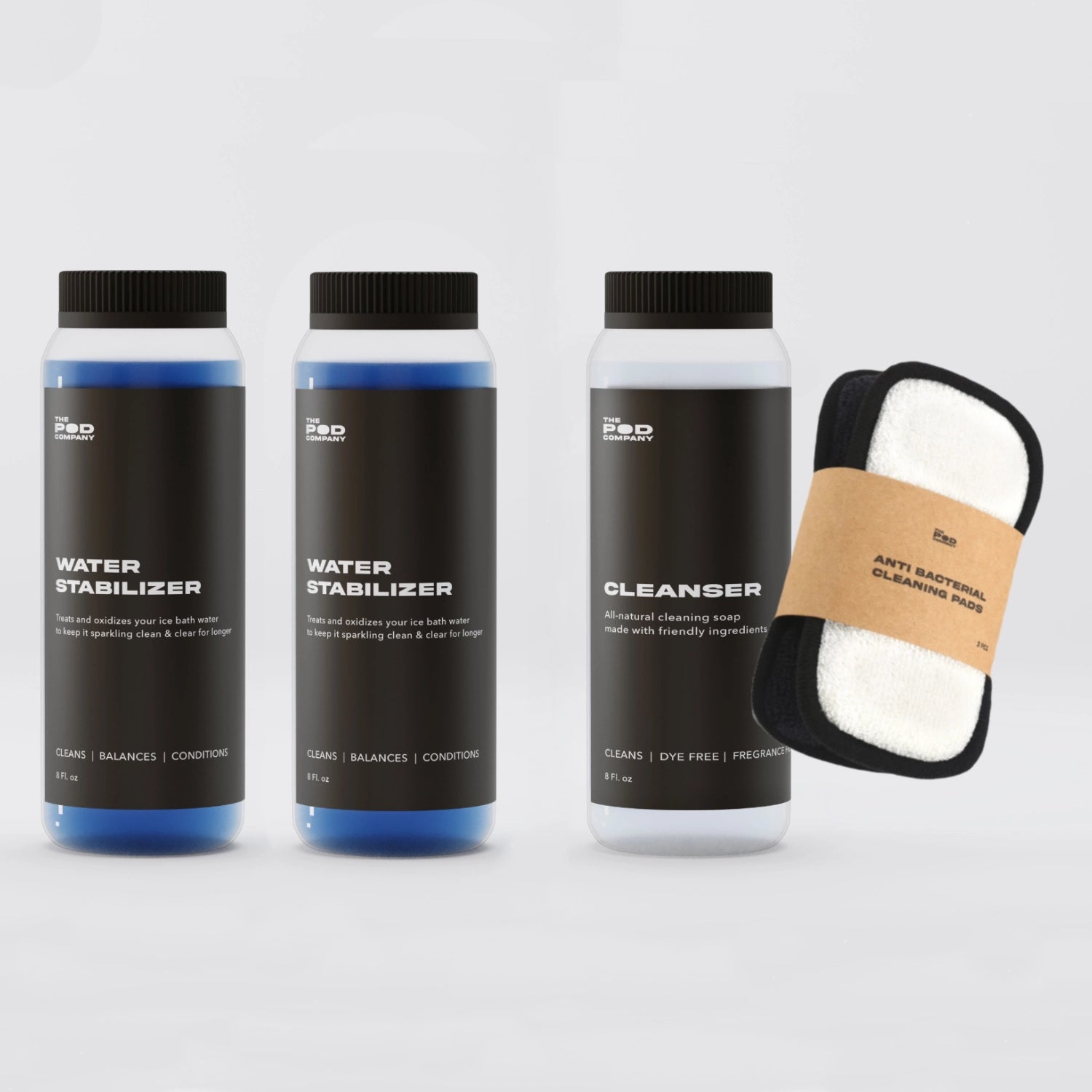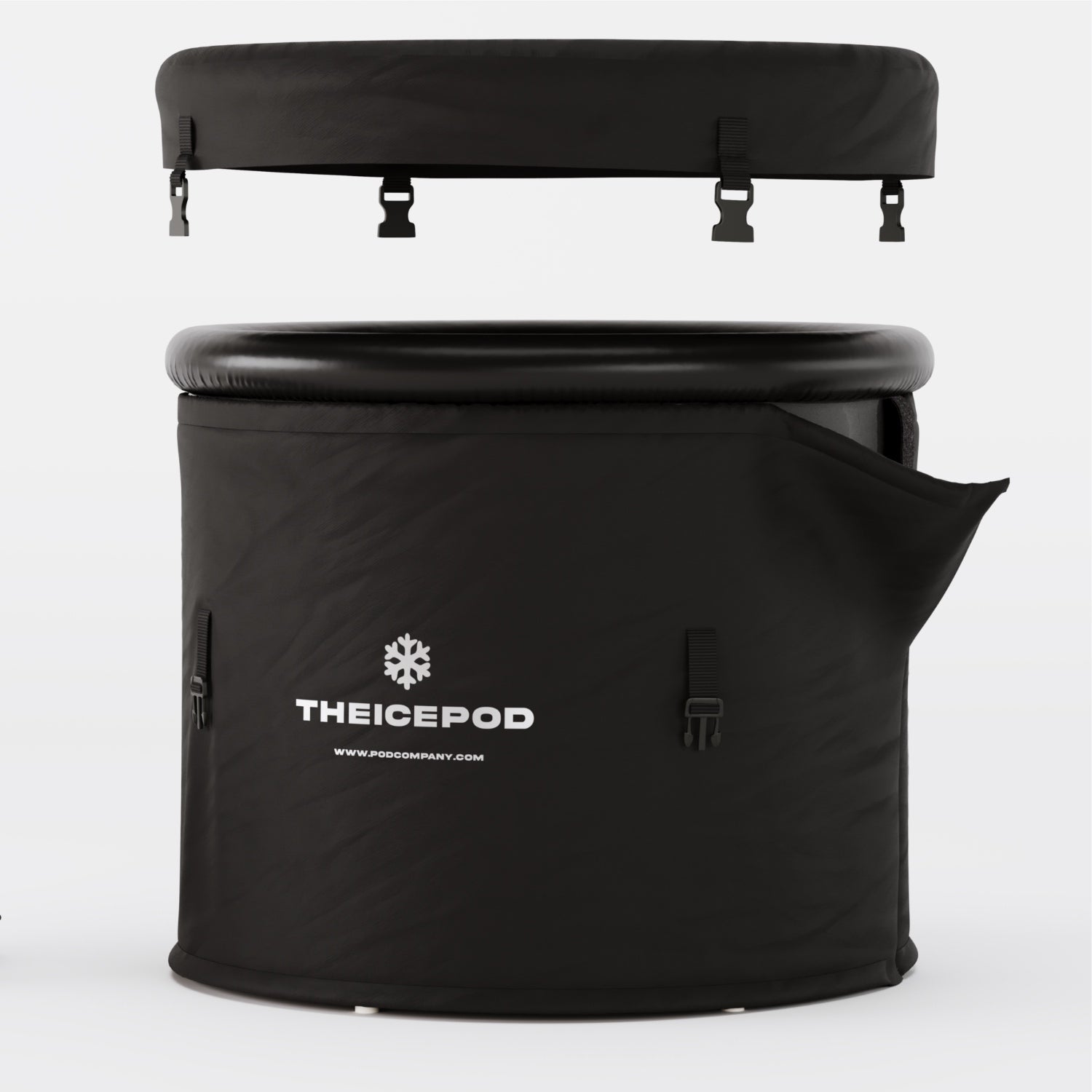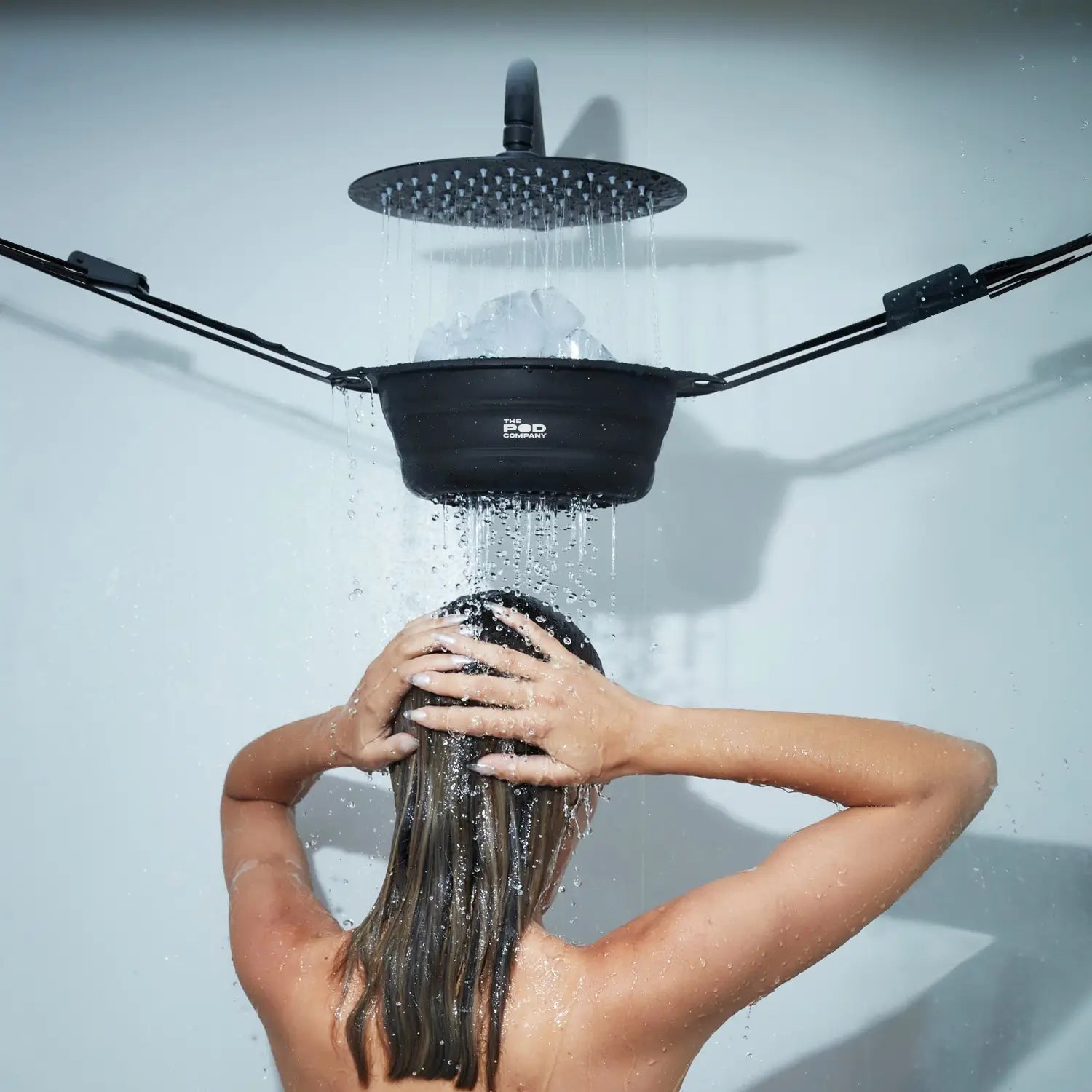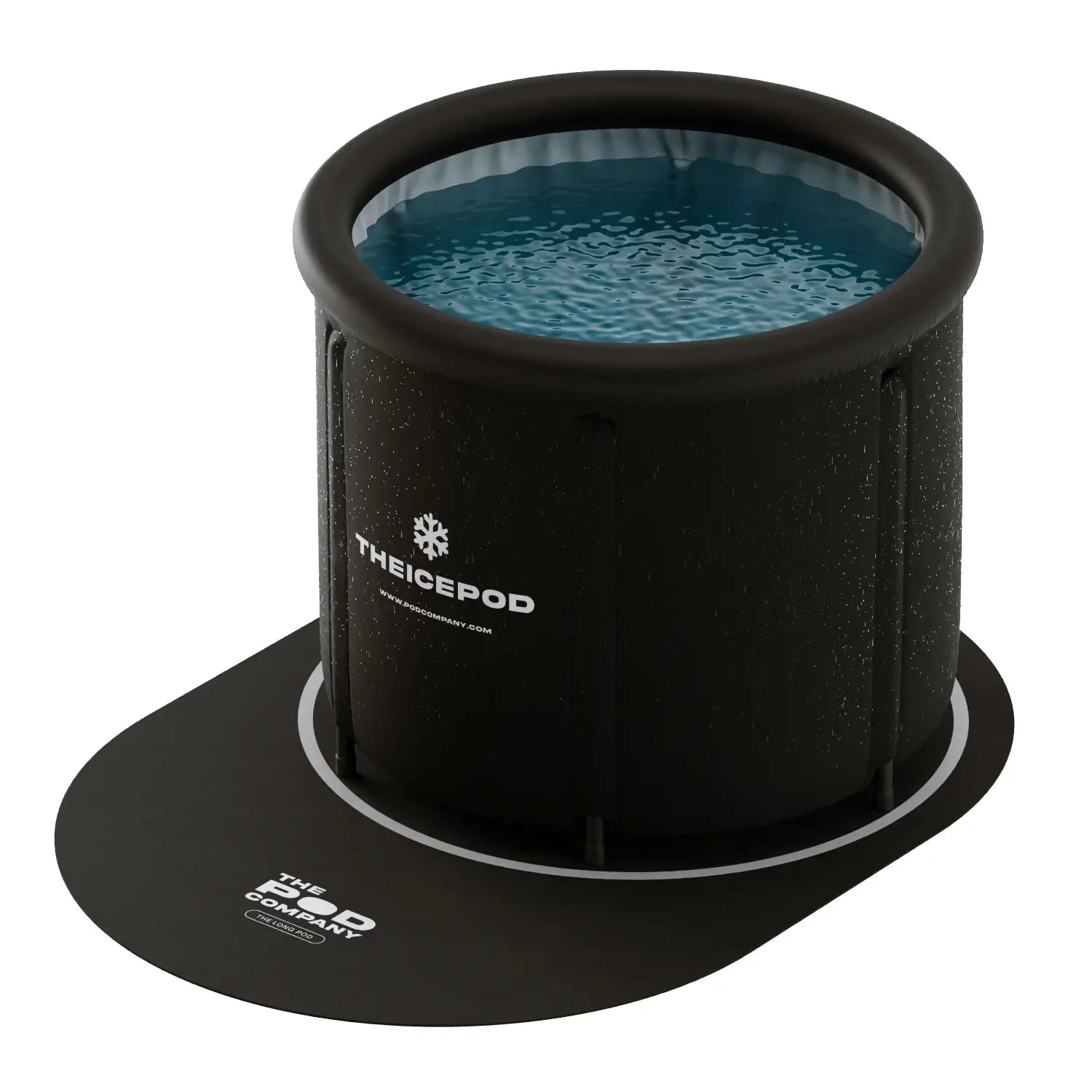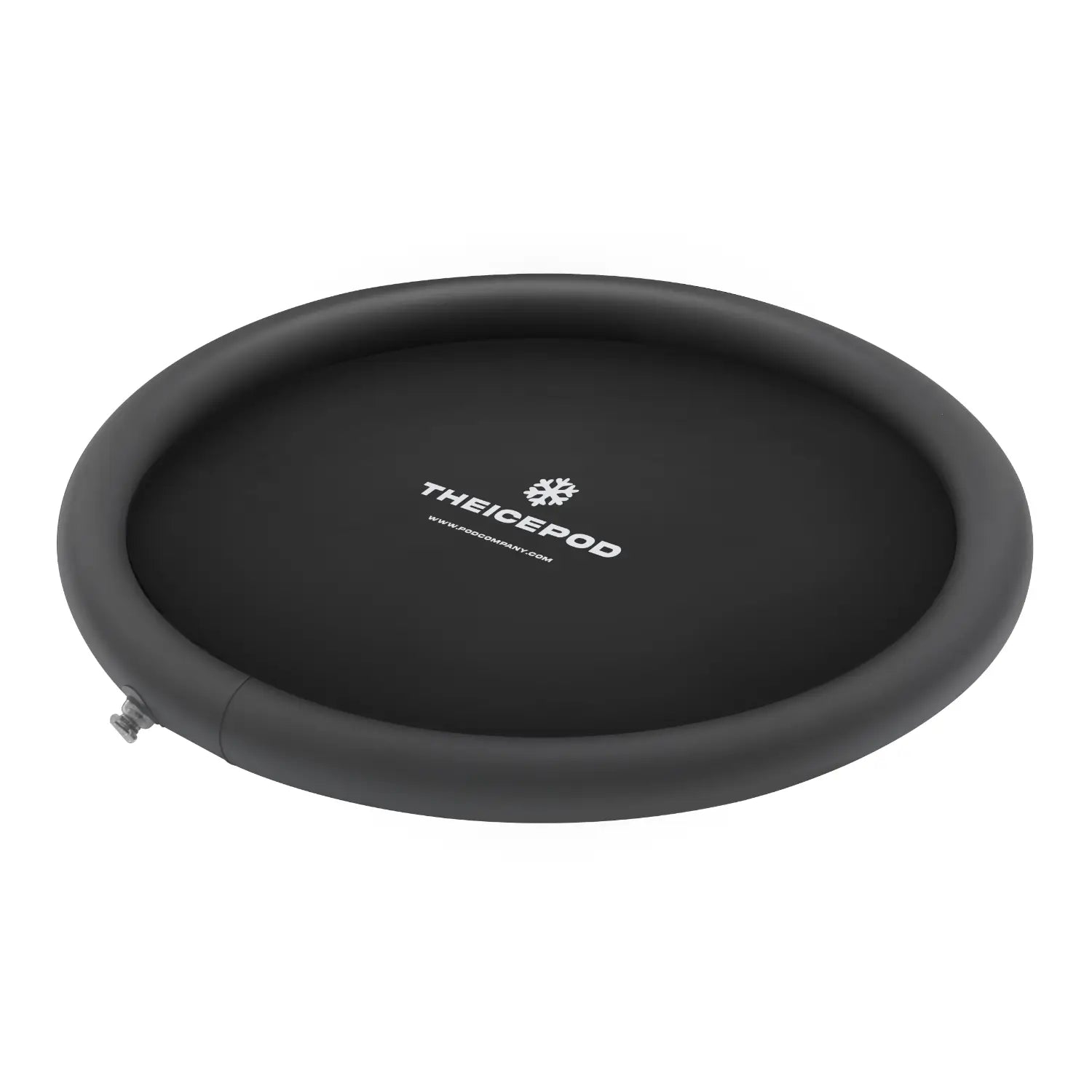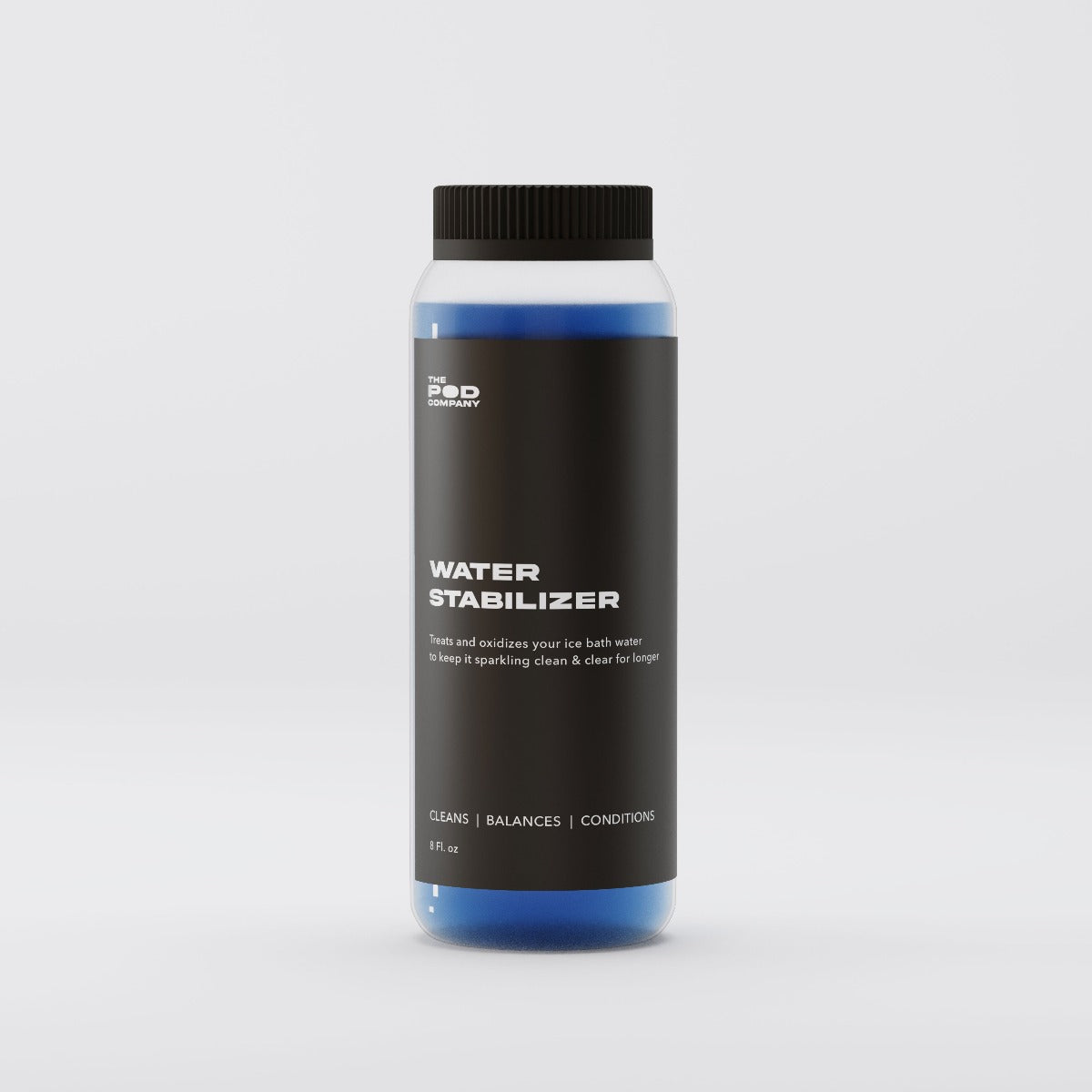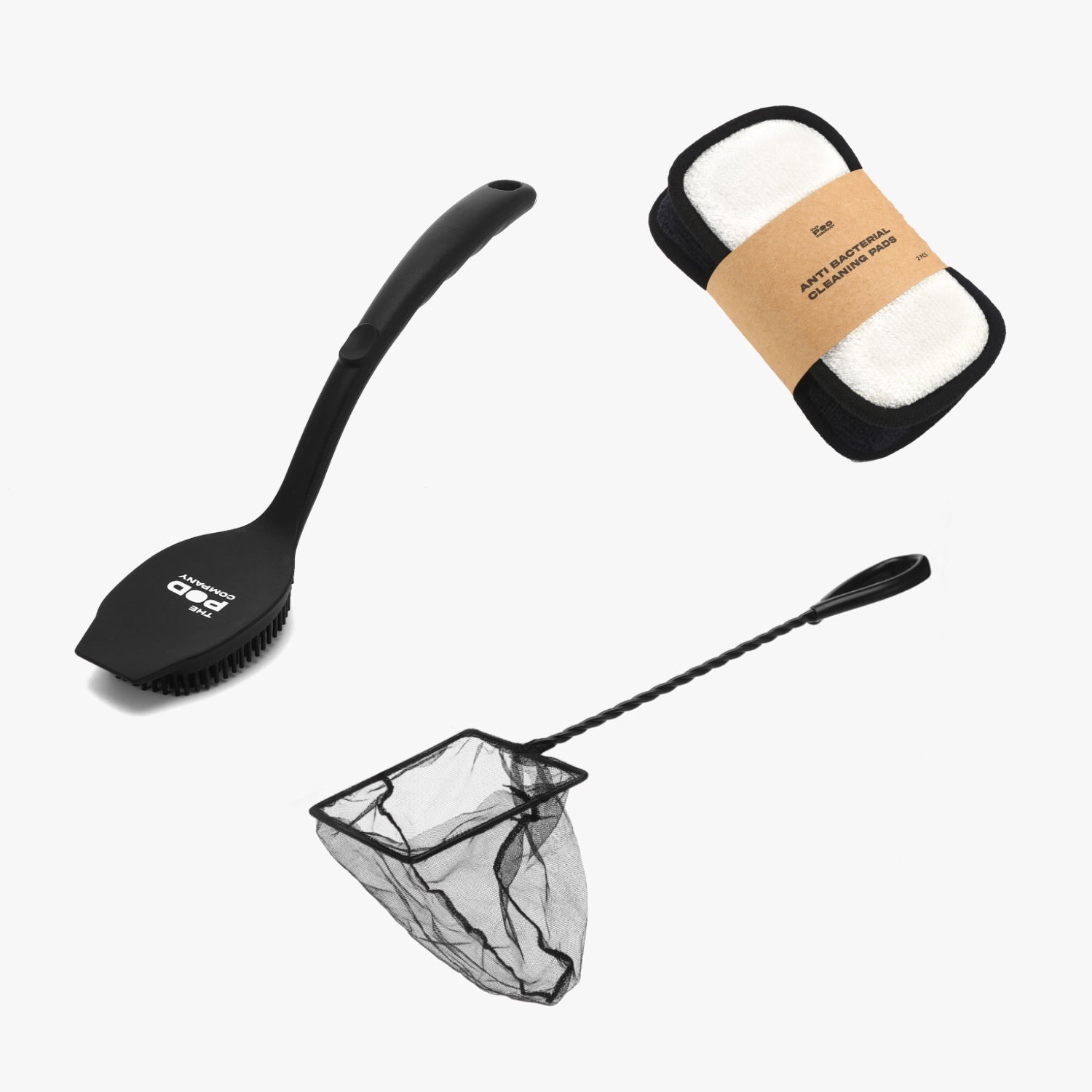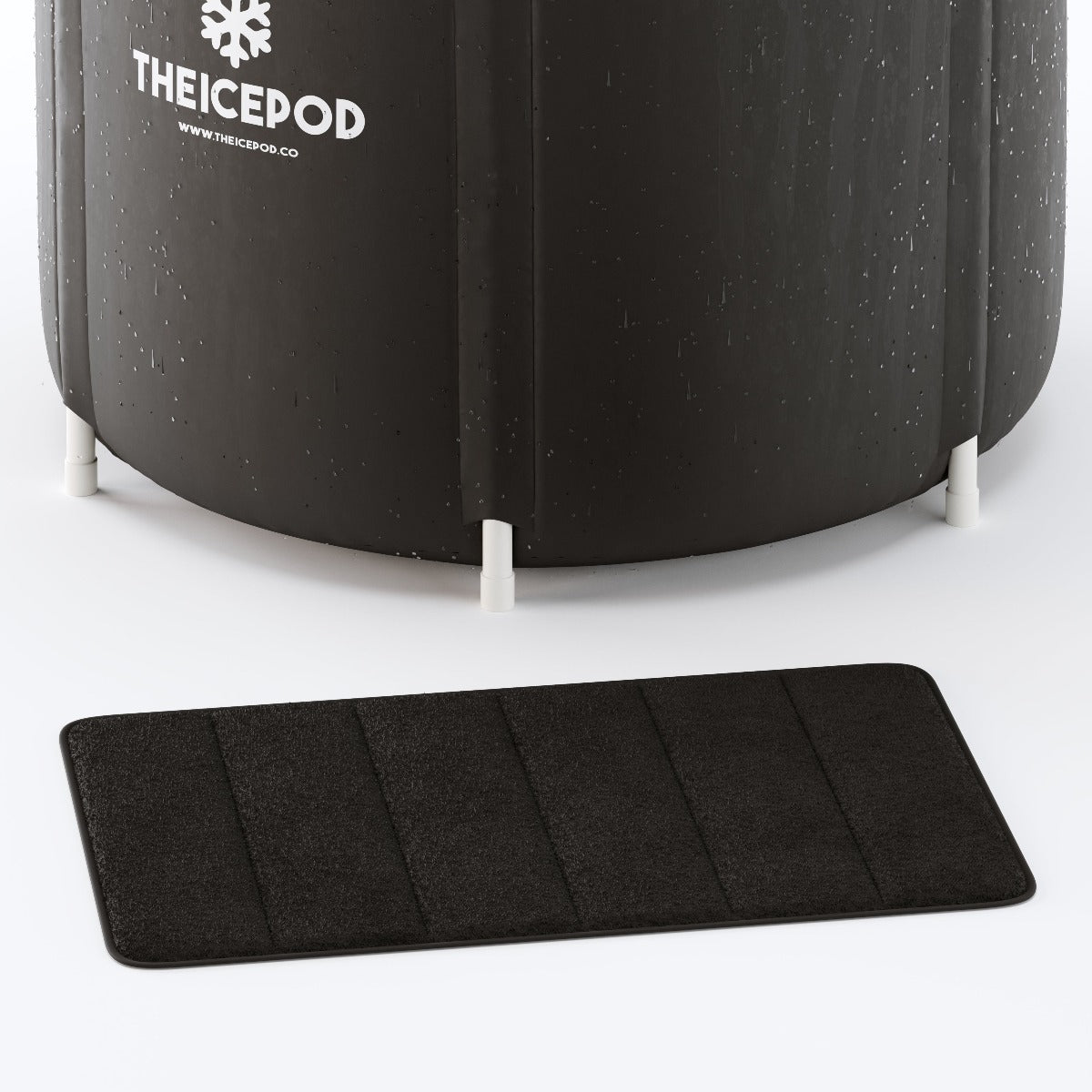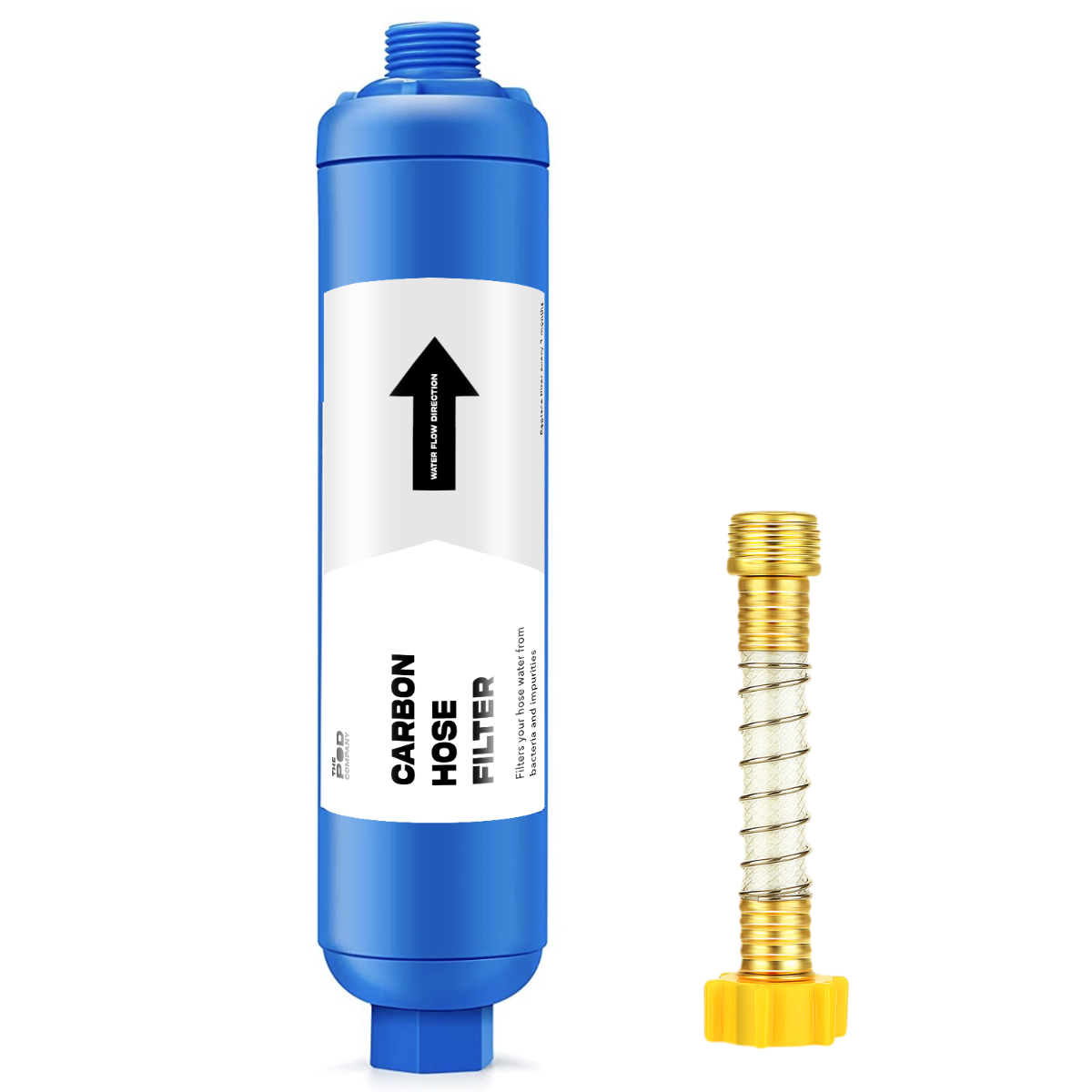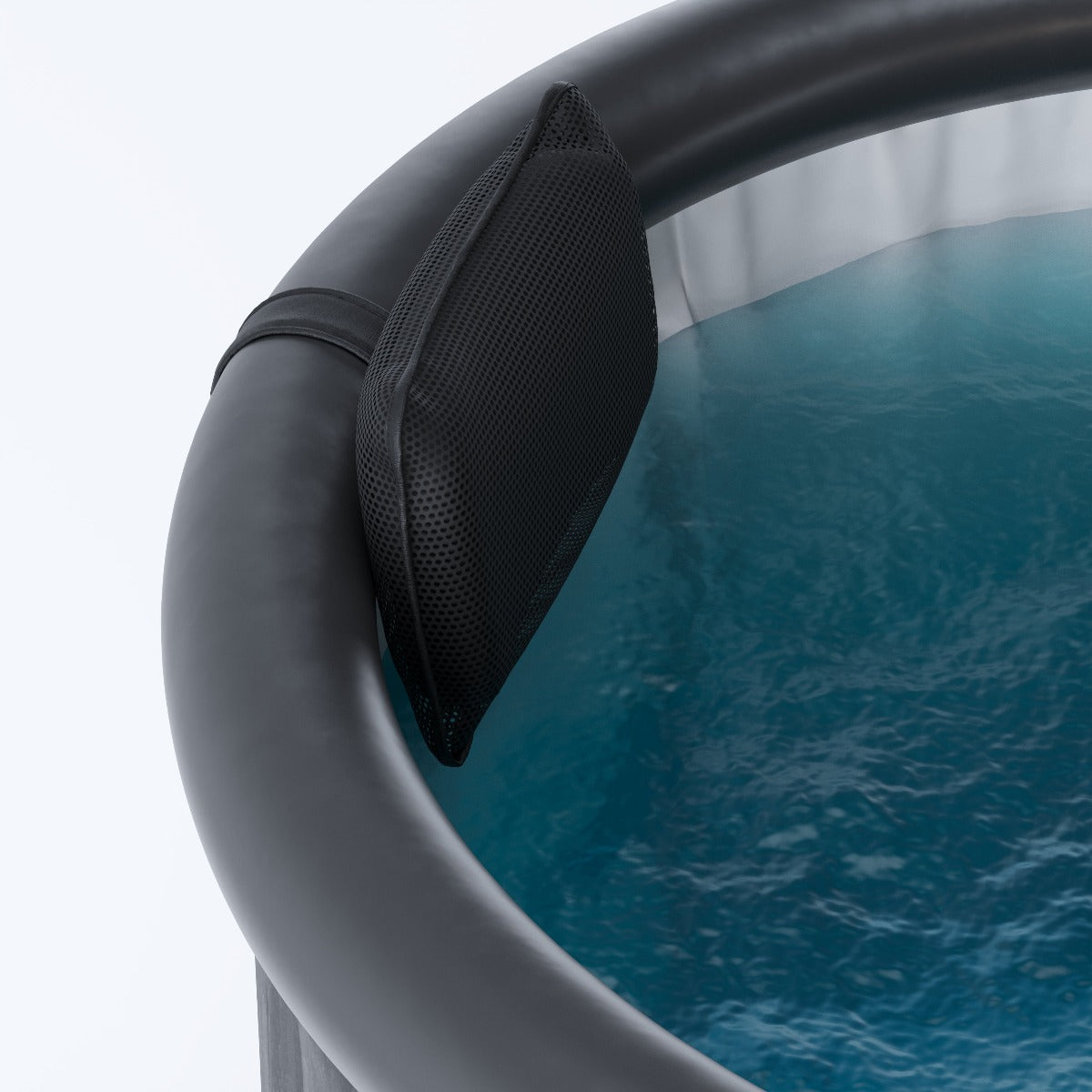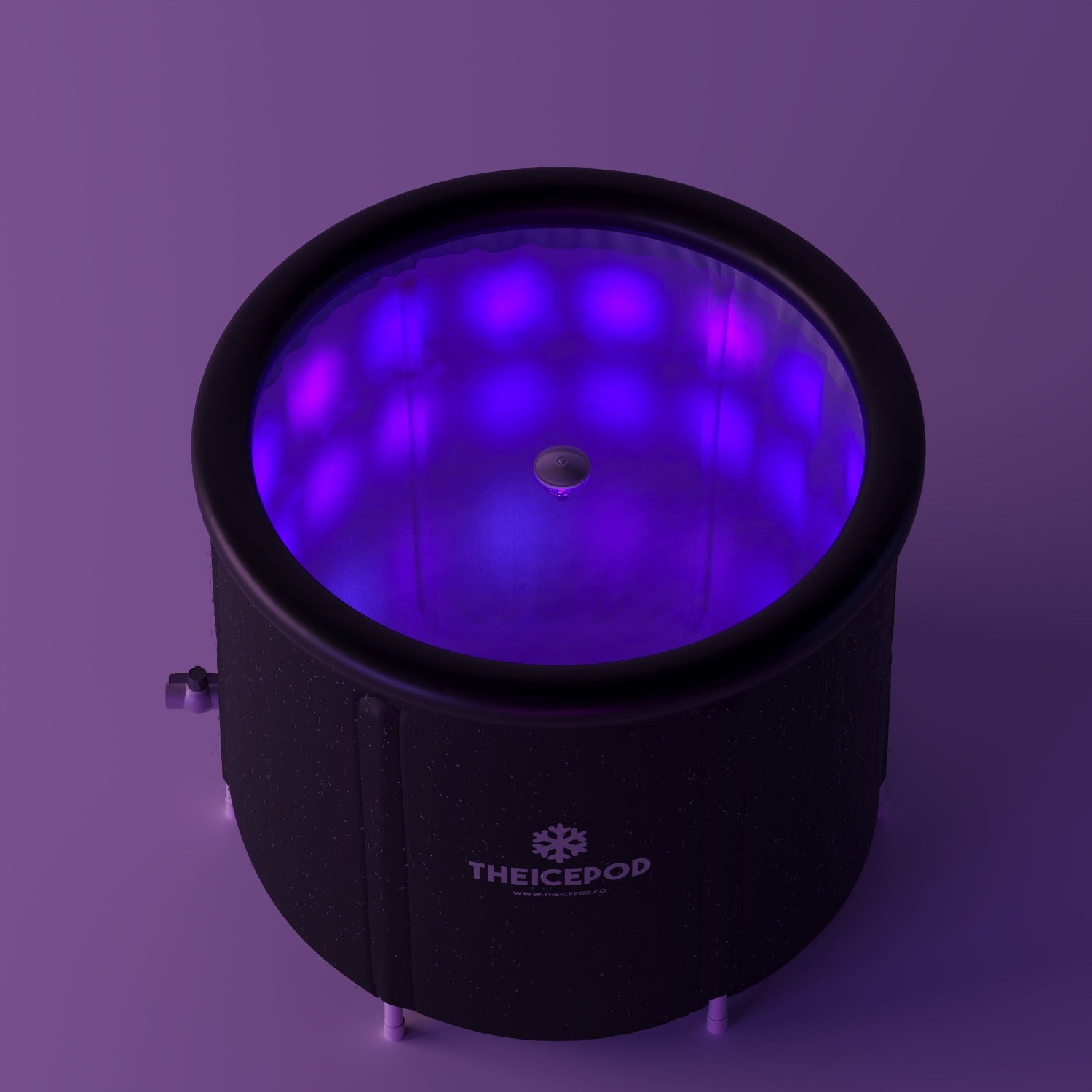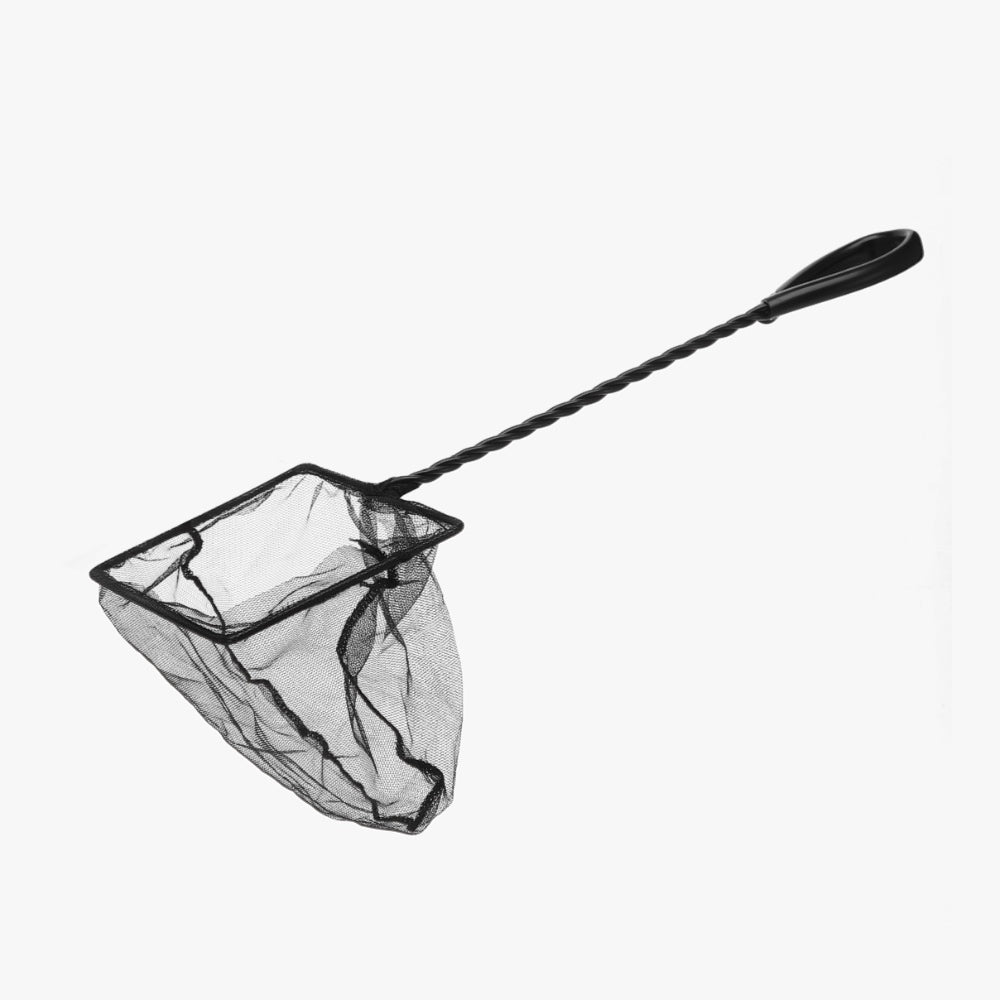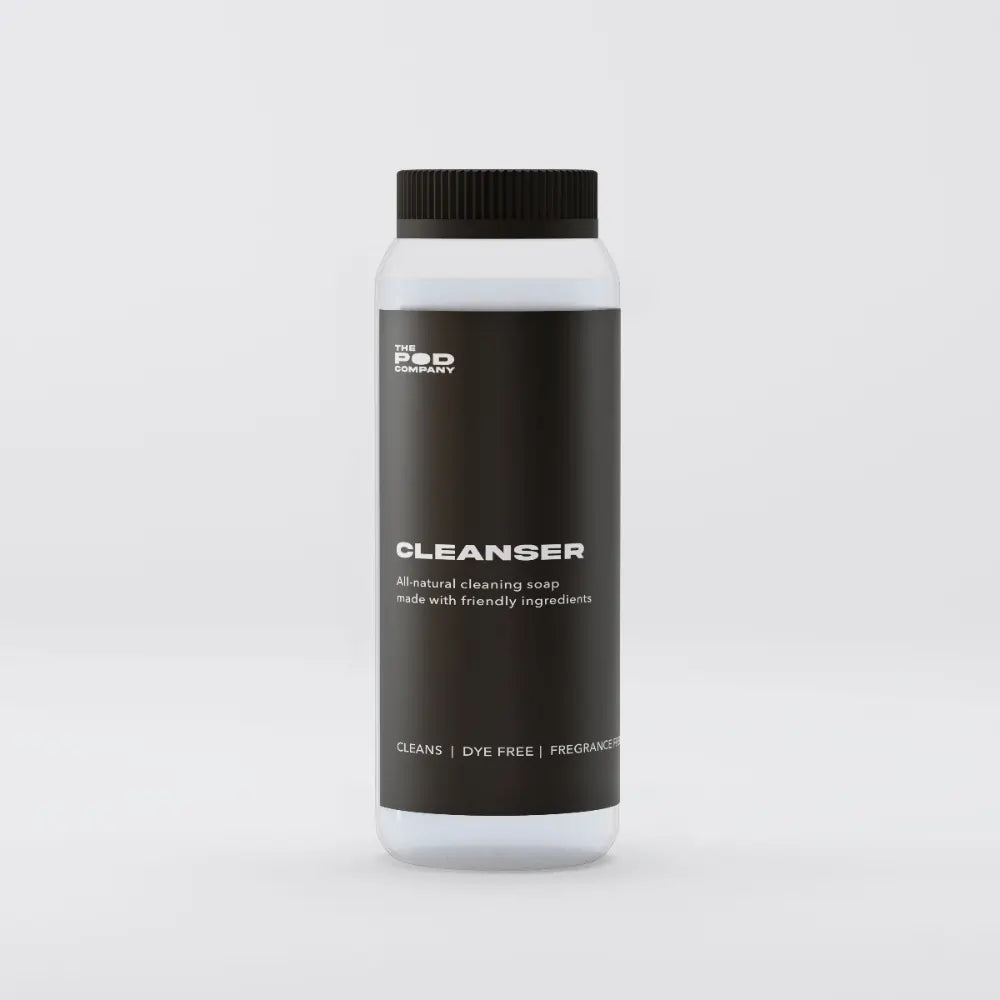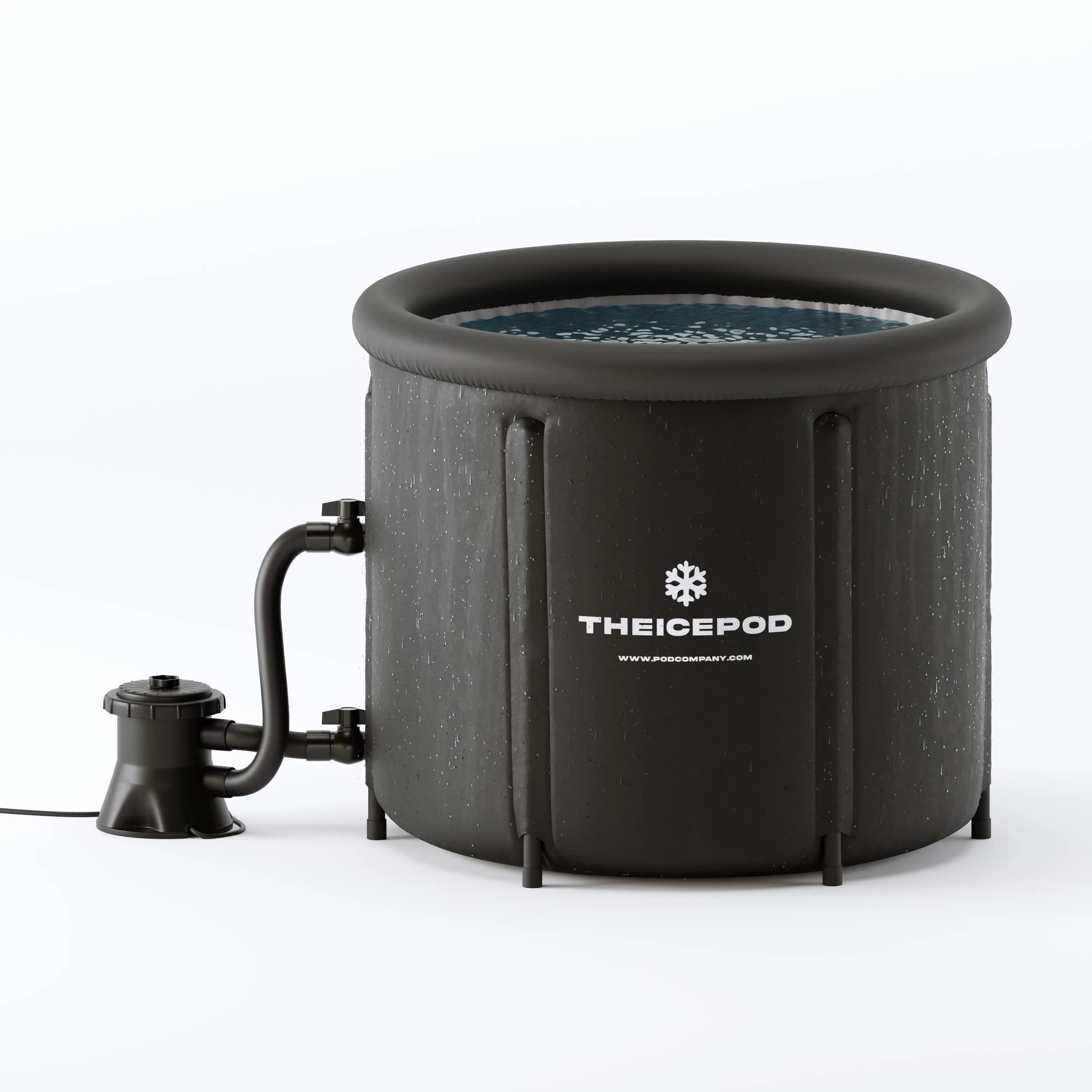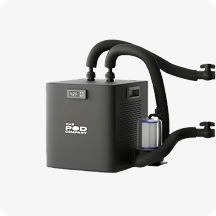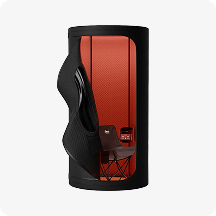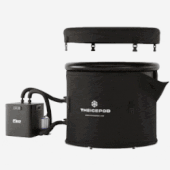Key Takeaways:
-
Cold plunges may trigger mood-boosting hormones and reduce stress levels.
-
Regular exposure to cold water can help regulate the nervous system and improve resilience.
-
Early studies show potential benefits, but more research is needed.
-
Cold therapy should complement, not replace, medical treatment.
-
Those with heart or circulation issues should consult a doctor first.
For those suffering from depression, even the most basic of tasks feels like climbing a mountain.
Social interactions, physical activity, and sometimes even just getting out of bed can be unbelievably draining, and a sudden disinterest in doing the things you used to love makes it even more difficult to find any drop of joy in the day.
While some people use medication to treat their depression, it’s not effective for everyone, and can come with some unpleasant side effects.
This leads many depression sufferers to seek alternative treatments, so can cold water plunges reduce depression? That’s the question we’re asking today.
The idea of using cold temperatures to improve mental well-being isn’t exactly new. Practices like cold-water swimming and ice baths have been part of cultural traditions and sports therapies for centuries.
However, it is only in recent times that researchers have begun to unravel the potential psychological benefits of subjecting the body to such extreme conditions.
So, let’s take a look at the link between taking an ice bath and depression, and how this therapy can give your mental health a much-needed boost.
What is Depression?
Depression is characterized by persistent feelings of sadness, hopelessness, and a loss of interest or pleasure in activities once enjoyed.
People with depression may also experience changes in sleep patterns, appetite, energy levels, and concentration.
The condition can severely impair daily functioning, impacting personal relationships, work productivity, and overall quality of life.
While the exact causes of depression are not fully understood, it is believed to result from a combination of genetic, environmental, and neurobiological factors.
What is Cold Plunging?

Cold plunging involves submerging your body in cold water for short durations. This technique can take various forms, from fully immersing in icy lakes or pools to taking an ice bath.
Cold-water therapies have a long history, with evidence of their use in ancient civilizations, where cold baths were believed to have invigorating and healing properties.
Can Cold Water Plunges Reduce Depression?
As interest in alternative therapies for depression grows, cold water plunges have emerged as a compelling yet unconventional approach to alleviating symptoms of this pervasive mental health disorder. But are they really effective?
Let’s take a closer look at the link between an ice bath and depression.
Cold Plunging Can Stimulate Mood-Enhancing Neurochemicals
Cold water plunges have been reported to trigger the release of various neurochemicals that play a significant role in mood regulation.
- One of these chemicals is endorphins - neurotransmitters that act as natural painkillers and mood enhancers, promoting feelings of pleasure and well-being.
- Cold plunging may also prompt the release of other mood-enhancing neurotransmitters, such as dopamine and other naturally occurring chemicals.
These chemicals involved in the body’s stress response are also thought to play a role in mood regulation and attention.
Dopamine, often linked to feelings of reward and motivation, could contribute to the positive sensations you feel after cold-water exposure.
Cold Plunging and Stress Reduction: Implications for Depression
Chronic stress is closely linked to depression. High levels of stress hormones, such as cortisol, can disrupt the body's natural balance and lead to depression.
The physiological response to cold exposure actually releases very low levels of cortisol, which causes the body to adapt and increases resilience to cortisol and other stress hormones.
A cold plunge might also help regulate the autonomic nervous system, which controls involuntary functions like heart rate and digestion.
By promoting a healthier balance between the sympathetic (fight-or-flight) and parasympathetic (rest-and-digest) branches of the nervous system, cold plunging could reduce the negative effects of chronic stress on mental health.

Conclusion
Scientists are still studying the link between an ice bath and depression, but there’s already some evidence suggesting that cold water plunges can reduce depression by stimulating the release of neurotransmitters like endorphins and by altering the body’s stress responses.
How to Get Started Using an Ice Bath for Depression
Here are some tips for using an ice bath for depression to maximum effect.
Develop a Cold Plunge Routine: Frequency, Timing and More
When using an ice bath for depression, consistency is key. Choose the best time for ice bath for you - there’s no right or wrong answer, as long as you find something that works with your schedule and stick with it.
Be consistent with your ice bath frequency as well. Start with 1-2 ice baths per week, and increase the frequency as you start to adjust to the experience.
Safety First: Important Considerations for Cold Plunging
If you are going to take a cold plunge at home, there are a few safety factors to keep in mind.
First, make sure your ice bath is at the right temperature. What temperature should an ice bath be?
Generally, 50-59 degrees Fahrenheit is the recommended range. If this is your first cold plunge for depression, start at the higher end of the scale and gradually decrease the temperature each time you use your Ice Pod.
Make sure you’re listening to your body each step of the way. If you ever feel pain or high levels of discomfort, take a break from your cold water plunges and try again later with a higher temperature.
There’s a small risk of hypothermia or frostbite, so make sure you’re not pushing yourself too hard or ignoring any warning signs during your ice bath for depression.
Progressing Gradually: An Encouraging Approach for Newbies
If you're new to cold plunging, it's essential to approach the practice gradually. Start with shorter exposure times and increase them as you become more comfortable.
If you’re not sure how long to sit in an ice bath, start with a 2-3 minute session and take it from there.
More Advice on Addressing Depression
As well as using an ice bath for depression, what else can you do to find relief? Let’s look at some of the wellness steps you can take to treat symptoms of depression.
If You Haven’t Already, Get a Professional Diagnosis
One of the best places to start is seeking a diagnosis for your depression. A mental health professional, such as a psychiatrist or psychologist, can accurately assess your symptoms, determine the severity of your depression, and recommend the best treatment plan based on your specific situation and needs.
This will help you understand how to treat and manage your depression in the most effective way possible.
Implementing Therapy and Counseling
Therapy provides a safe space to explore thoughts, emotions, and behavioral patterns contributing to depression.
It equips individuals with coping strategies, problem-solving skills, and tools to challenge negative thought patterns.
Psychotherapy, such as cognitive behavioral therapy (CBT), dialectical behavior therapy (DBT), or psychodynamic therapy, can be valuable for some people in managing and treating depression.
Considering Medication and Supplements
In some cases, medication can play a crucial role in managing depression. Antidepressant medications, prescribed and monitored by a healthcare provider, can help regulate neurotransmitter imbalances in the brain.
Certain supplements like omega-3 fatty acids and vitamin D might also offer supportive benefits, just make sure you ask your doctor what’s right for you.
The Power of Social Support
Building a robust support system is essential in the battle against depression. Friends, family, support groups, and online communities can provide empathy, understanding, and encouragement.
Sharing your experiences with others helps to alleviate feelings of isolation and can make a world of difference to your well-being.
Mindfulness and Relaxation Techniques
Practices like mindfulness meditation, deep breathing, and progressive muscle relaxation can help manage stress and enhance your emotional well-being.
Mindfulness techniques encourage staying present in the moment, quelling the negative thoughts that often accompany depression.
Other Healthy Lifestyle Changes
Engaging in regular physical activity, maintaining a balanced diet, and making sure you get enough sleep can significantly impact your mood and energy levels.
Exercise, in particular, has been shown to release endorphins and improve mental health. Avoiding excessive alcohol and substance use is also important, as they can exacerbate depression symptoms.
Get Your Ice Bath Tub at The Pod Company

Our Ice Pod is an affordable, portable ice bath that’s easy to set up indoors or outdoors. Delivered to your home for free, it’s insulated, comfortably fits one adult, and makes it easier than ever to enjoy the incredible benefits of cold plunges.
While the Ice Pod can be easily cooled using ice, a simpler and more cost-effective option is to invest in a water chiller for ice baths.
This way, your Ice Pod will always be chilled and ready to go whenever you need it, and you’ll never need to make a last-minute ice run again!
If you’re still not sure, check out our reviews - you’ll soon see why the Ice Pod is the best cold plunge tub for in-home use, and ideal if you’re looking for a cold plunge for depression.
Final Thoughts
An ice bath is a great way to not only clear your mind and promote a sense of focus and calm. It also affects your brain chemistry, including your levels of neurotransmitters and endorphins.
Treating depression is just one of the many health benefits that an ice bath can bring. Reducing inflammation, improving sleep, promoting muscle recovery, boosting immunity, and enhancing circulation are all also possible with regular ice baths.
If you’re looking for an affordable, portable ice tub for sale, you’re in the right place. Our Ice Pod is the easiest way to bring all the incredible benefits of cold water plunges to your door, with free delivery!
Depression can be a huge burden, but it doesn’t need to dictate your life. Put your mental health front and center - order your Ice Pod today!
More Information:
https://psychiatryonline.org/doi/full/10.1176/appi.neuropsych.20240053
FAQs
Can cold plunges really help with depression?
Cold-water exposure triggers endorphins and dopamine, improving mood and reducing stress. It can support mental health, but should not replace professional treatment or therapy.
How often should you do cold plunges for mental benefits?
Two to three cold plunges a week can enhance mood and resilience. Frequent, short sessions are more effective than irregular, intense exposure.
Are cold plunges safe for everyone?
Most healthy adults can benefit, but people with heart conditions or circulation issues should seek medical advice before starting due to cardiovascular strain.
When do you start noticing results from cold plunges?
Mood improvements often appear after the first few sessions. Lasting benefits such as lower stress and better sleep develop with regular, consistent practice.


